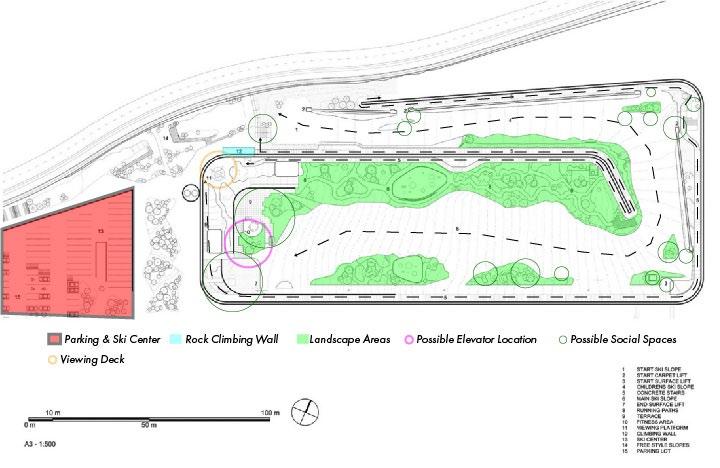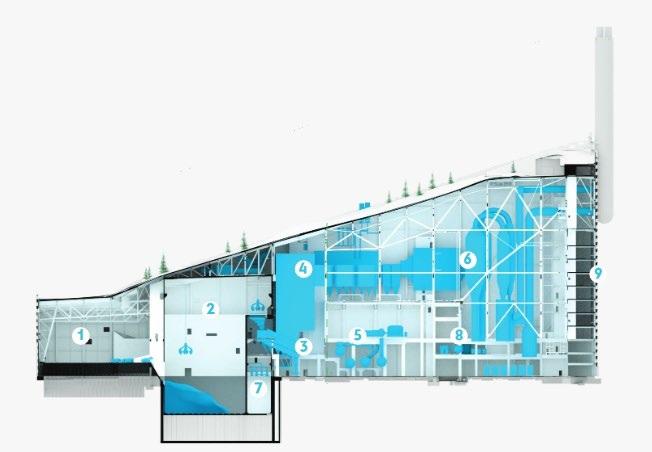
2 minute read
Conclusion
Hedonistic sustainability is a mix of sustainable ideas, fun, and community (Sudradjat, 2020). A common misconception with the term sustainability in the field of architecture is that people need to sacrifice a chunk of their lifestyle to attain sustainability. Bjarke believes sustainability shouldn’t be a sort of a moral sacrifice or a philanthropical cause, it needs to be a design challenge. ‘Hedonistic Sustainability’ is a term coined by Bjarke in which he explains that hedonistic sustainability is a concept where sustainable buildings and cities could increase the quality of life of the users and people around the space. (Ingels, 2011) Moreover, the external analysis of these projects is biased to some degree as the analysis done has been conducted by researchers from other countries who have not been on site, therefore, to obtain the most accurate results the research includes people and users of these particular buildings to get the most accurate results possible.
Research Method –
Advertisement
Qualitative analysis is used throughout this dissertation. An interview was conducted with a client – side architect who worked closely with Bjarke Ingels Group during the design process. Additionally, a total of 41 surveys were sent out to the users of these buildings asking them of queries relating to what Hedonistic Sustainability is described as and whether or not these qualities are present in the buildings designed by Bjarke Ingels Group Architects. Only 5 people filled out the survey.
Copen hill –
A waste-to-energy power facility in Copenhagen, Denmark, that has been dubbed the "cleanest waste-to-energy power plant in the world", has been finished and is topped by an artificial ski slope that is open all year. (Crook, 2021) Copen Hill, also known as Imager Bakke, is a power plant situated on an industrial beachfront that is capable of turning 440,000 tons of garbage into clean energy per year. (CopenHill: Hedonistic Sustainability | urbanNext, 2021)
In order to serve as public infrastructure, it was designed by Bjarke Ingels Group to have tree-lined hiking routes and ski slopes on its roof, as well as the "tallest artificial climbing wall in the world" on its exterior. The design for the 41,0000-square-metre Copen Hill "ski plant" won an international competition in 2011, with the building breaking ground two years later. Copen hill is distinguished by its wedge-shaped form, sloped green roof and blocky facade composed of 1.2-metre-tall and 3.3metre-wide aluminium bricks that are stacked like gigantic bricks. (Crook, 2021)
Copen hill provides commercial & social services such as a bar, a viewpoint, and an artificial hiking path. Although the Copen Hill has amassed multiple awards, Copen hill is now facing a total reinstallation, this was done in light of the safety concerns raised by a foundation in regard to the deterioration of the ski slope. (Niland, 2021)
"The stakes are high: if the foundation wins the case or a settlement is reached, the ski slope can reopen in 2024, but if it loses the case, the facility must close permanently," reported The Copenhagen Post.



